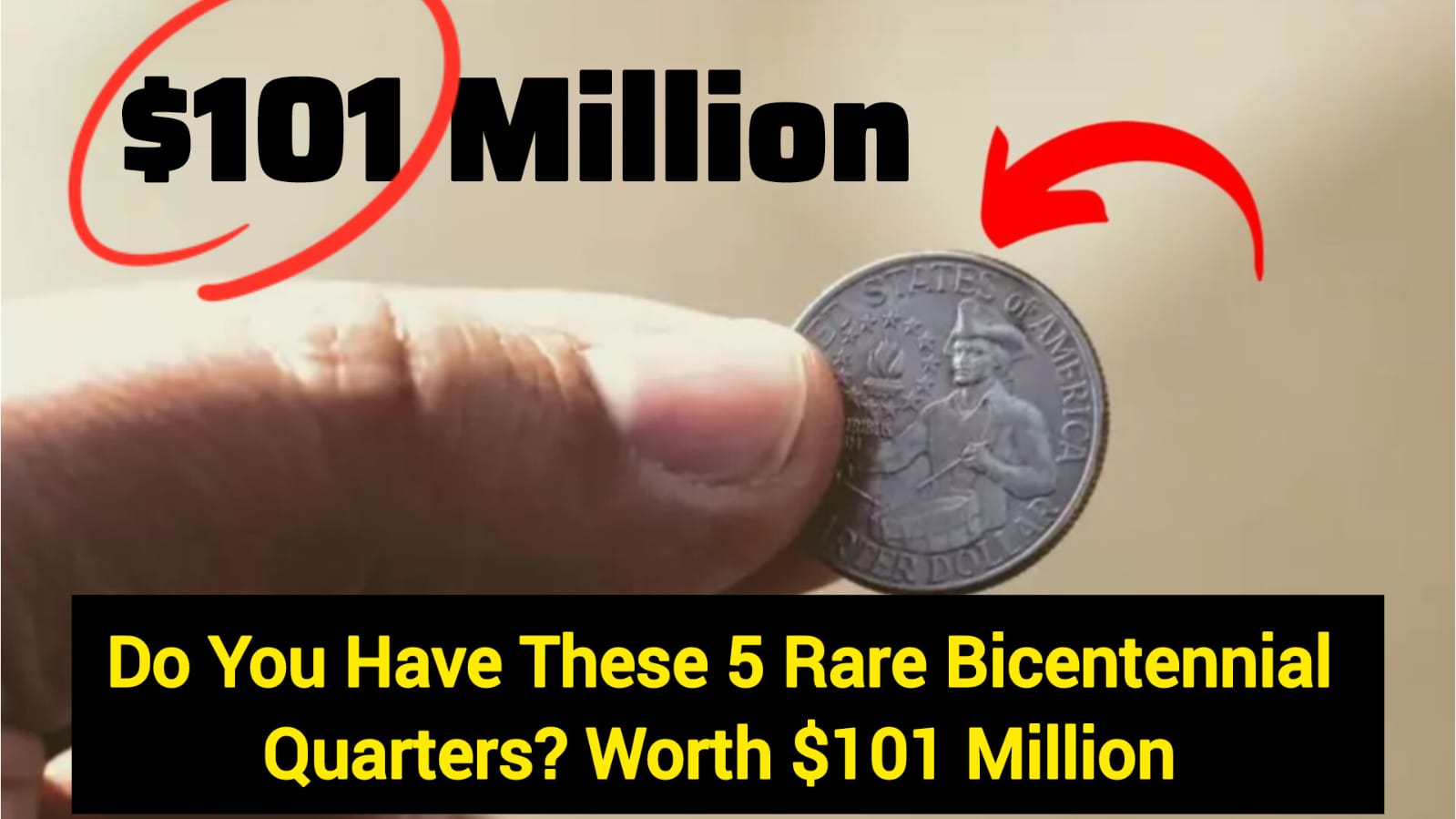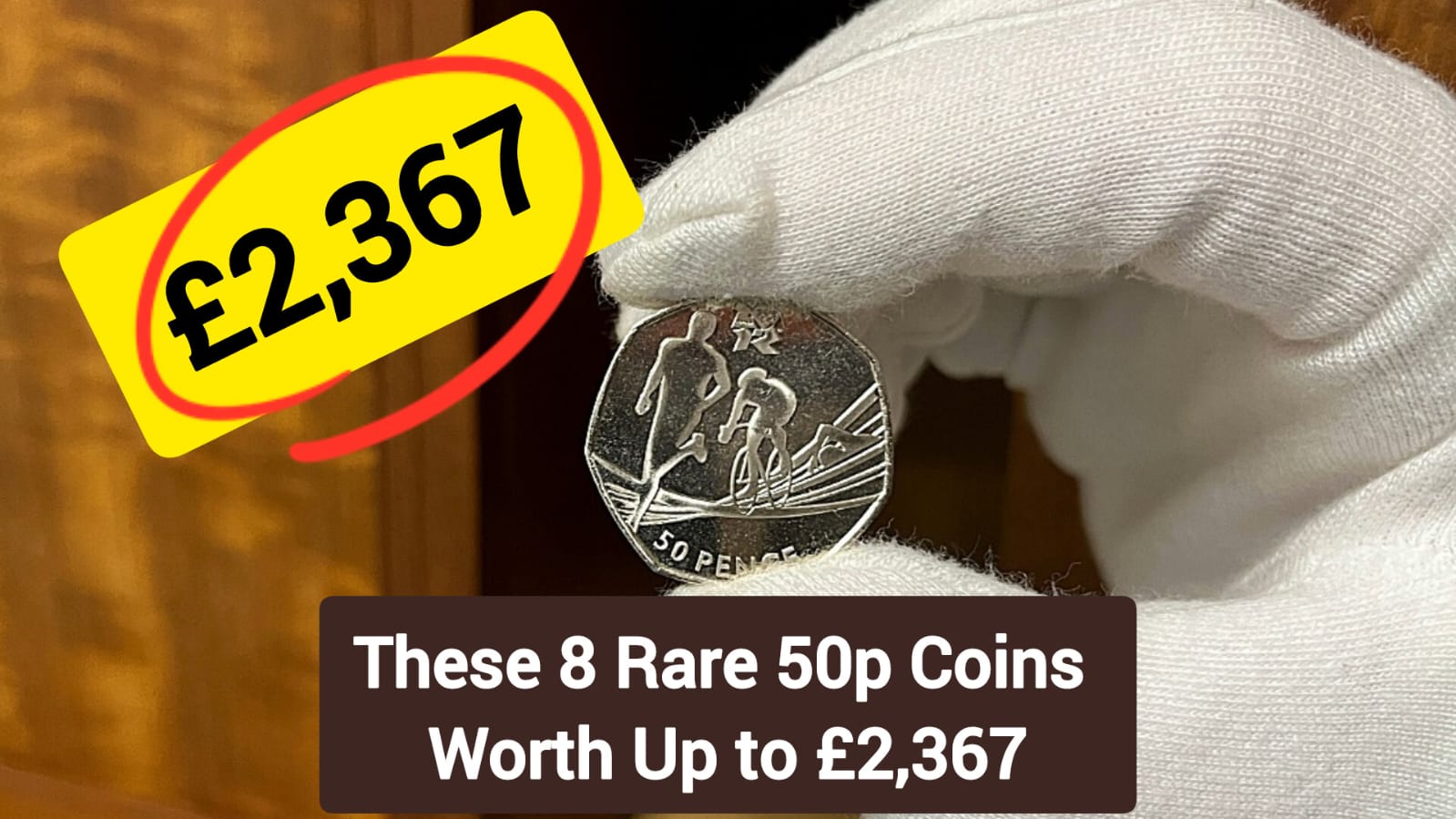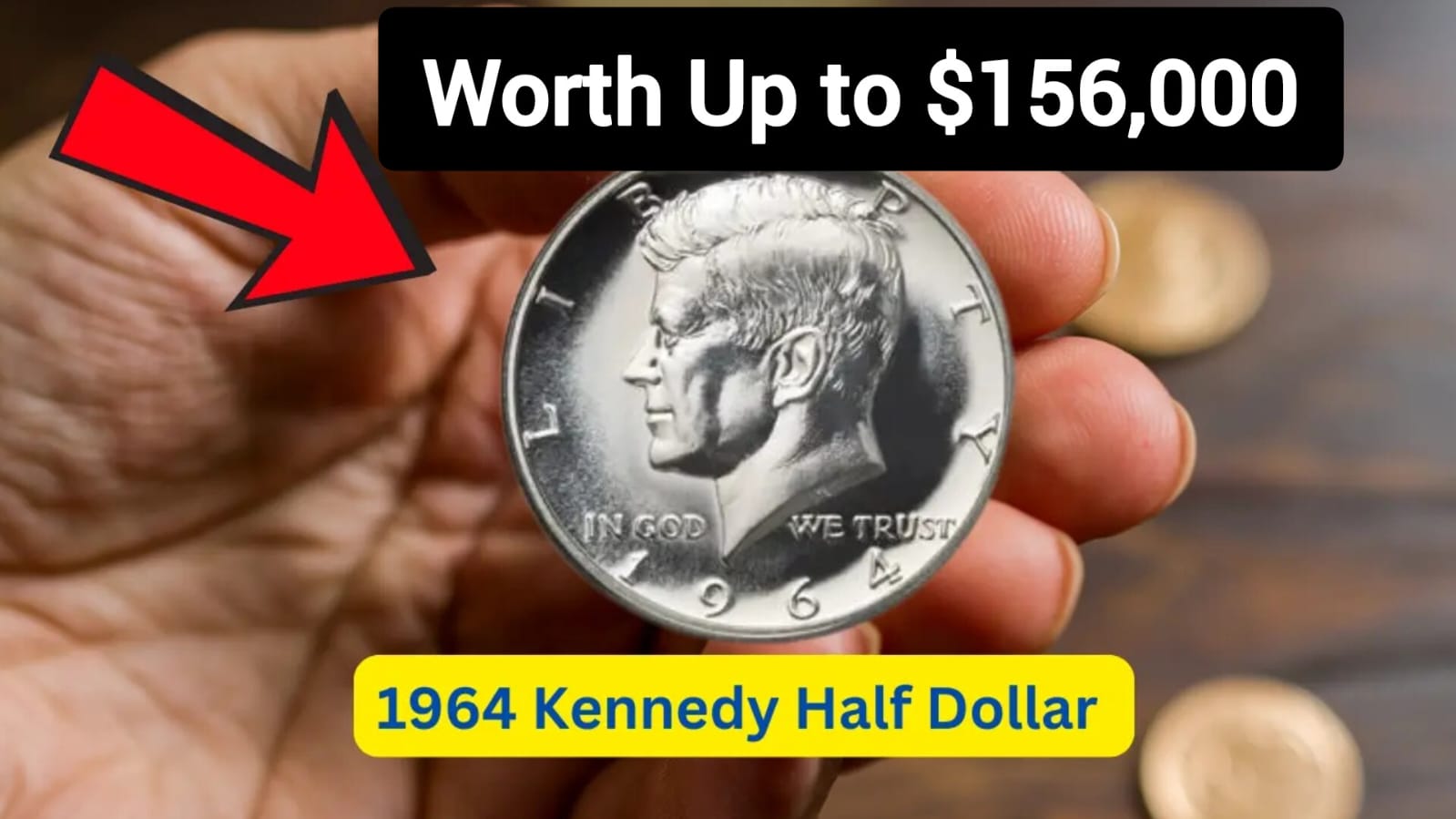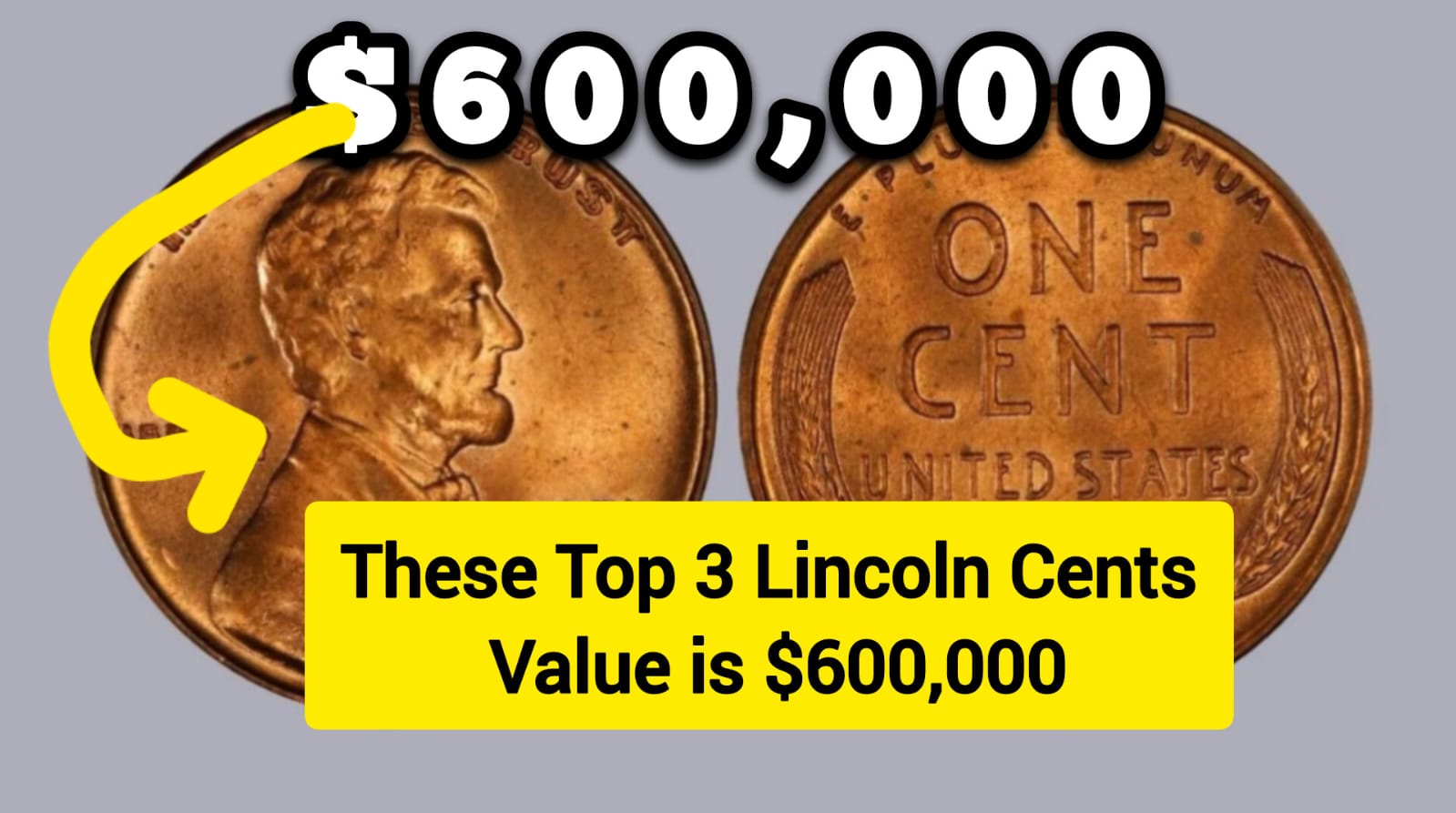Rare Bicentennial Quarters: Have you ever glanced at the loose change in your pocket and wondered if any of those coins could be worth a fortune? While most quarters are worth exactly 25 cents, some Rare Bicentennial Quarters from 1976 could potentially be worth millions.
That forgotten jar of coins gathering dust on your dresser might contain a hidden treasure that could change your life overnight!
The numismatic world is buzzing with excitement over claims of rare Bicentennial Quarters potentially valued at a combined $101 million. These commemorative coins, minted to celebrate America’s 200th birthday, have become the subject of intense collector interest.
But what makes certain Bicentennial Quarters so valuable, and could you really have one hiding in your spare change?
In this article, I’ll explore the five most valuable Bicentennial Quarters that collectors are hunting for in 2025, what makes them special, and how you can identify these potential treasures in your own collection. So grab that jar of coins and let’s start treasure hunting!
What Makes Bicentennial Quarters Special?
Before we dive into the rare varieties, let’s understand what makes Bicentennial Quarters distinctive in the first place. Released in 1975 and 1976, these special quarters were created to commemorate America’s 200th anniversary of independence.
Unlike regular quarters with an eagle on the reverse, Bicentennial Quarters feature a colonial drummer, a torch, and thirteen stars representing the original colonies.
These quarters are easily identifiable by their dual date “1776-1976” on the obverse side, while still maintaining George Washington’s familiar profile. They were produced at three different mints: Philadelphia (no mint mark), Denver (D mint mark), and San Francisco (S mint mark).
While the U.S. Mint produced these quarters in massive quantities—over 1.6 billion in total—certain rare varieties with minting errors or special compositions have become incredibly valuable to collectors.
Think of these rare quarters like winning lottery tickets that were accidentally distributed into circulation—they look similar to regular quarters at first glance but contain subtle differences that make them extraordinarily valuable.
The Top 5 Most Valuable Bicentennial Quarters
Let’s explore the five rarest and most valuable Bicentennial Quarters that could be worth a combined $101 million. While claims of individual quarters worth $25 million or more should be approached with healthy skepticism, these coins can indeed be worth substantial sums to the right collector.
1. 1976-S Proof Bicentennial Quarter
The 1976-S Proof Bicentennial Quarter stands as the crown jewel of the series. Created at the San Francisco Mint, these coins were struck using polished dies and high-quality planchets, resulting in a mirror-like finish that’s immediately noticeable.
What makes certain examples of this coin so valuable? In perfect condition (graded PF70 by professional grading services), with flawless surfaces and exceptional eye appeal, these coins have reportedly sold for up to $5.1 million in private sales.
While most 1976-S Proof quarters are worth considerably less, those with exceptional quality and provenance can command staggering prices.
2. 1976 Bicentennial Quarter Struck on Wrong Planchet
One of the most fascinating minting errors occurs when a coin is struck on the wrong planchet (the metal disk used to make a coin). Some Bicentennial Quarters were accidentally struck on planchets intended for dimes, nickels, or even foreign coins.
These dramatic errors are extremely rare and highly sought after by collectors. A Bicentennial Quarter struck on a dime planchet has reportedly sold for up to $900,000 at auction.
The value comes from the coin’s unique appearance—smaller size, different metal composition, and the visual contrast between the quarter design and the incorrect planchet.
3. 1976-D Bicentennial Quarter with Double Die Obverse
The Double Die error occurs when the die used to strike the coin is misaligned between impressions, creating a doubling effect on the design elements. On Bicentennial Quarters, this doubling is most noticeable in the lettering of “LIBERTY” and the date.
These error coins can fetch between $8,400 and $25,000 depending on the severity of the doubling and the coin’s condition. The more pronounced the doubling, the more valuable the coin becomes to collectors.
4. 1976 No Mint Mark Bicentennial Quarter
While Philadelphia-minted quarters typically don’t have a mint mark, some rare examples exist where quarters produced at Denver or San Francisco mistakenly lack their identifying mint marks. This error makes these coins particularly valuable to collectors.
A No Mint Mark error on a Bicentennial Quarter that should have had one can be worth between $3 million and $10 million in exceptional condition, according to some numismatic sources.
However, it’s important to note that regular Philadelphia quarters without mint marks are common and worth only face value.
5. 1976-D Bicentennial Quarter with Clipped Planchet Error
When the metal blank used to make a coin is improperly cut, it results in a coin with a distinctive “bite” taken out of it. These clipped planchet errors create coins with unusual shapes that immediately stand out from normal quarters.
Depending on the size and location of the clip, these error coins can be worth between $20,000 and several million dollars to serious collectors. The more dramatic and unusual the clip, the more valuable the coin becomes.
How to Identify Valuable Bicentennial Quarters
Now that you know what to look for, here’s how to determine if your Bicentennial Quarters might be valuable:
| Feature to Check | What to Look For | Potential Value |
|---|---|---|
| Mint Mark | “S” mark (especially on proof coins) | $10 – $5.1 million |
| Planchet Errors | Wrong size, weight, or metal composition | $900,000+ |
| Double Die Errors | Doubling in lettering or design elements | $8,400 – $25,000 |
| Missing Mint Mark | Absence of expected “D” or “S” mark | $3 million – $10 million |
| Clipped Planchet | Missing section or irregular shape | $20,000+ |
| Silver Content | Heavier weight (5.75g vs standard 5.67g) | $10 – $20+ |
Tools and Techniques for Examination
To properly examine your Bicentennial Quarters, you’ll need:
- A good magnifying glass or loupe (5x to 10x magnification)
- Proper lighting (natural daylight is best)
- A digital scale that measures in grams (to check for silver content)
- Reference images of authentic error coins
When examining your quarters, pay special attention to:
- The mint mark (or lack thereof)
- Any doubling in the lettering or design
- The weight and metal composition
- Any unusual shapes or clips
- The overall condition and preservation
The Reality of Finding These Treasures
While the possibility of finding a multi-million dollar coin in your spare change is undeniably exciting, I should temper expectations with a dose of reality. The chances of finding one of these ultra-rare coins in circulation are extremely slim—similar to finding a needle in a haystack.
Most of these valuable Bicentennial Quarters were either never released into circulation or have long since been discovered and removed by collectors.
The most valuable examples, like the 1976-S Proof quarters worth millions, were only available in special collector sets and were never meant for circulation.
However, that doesn’t mean it’s impossible! Remarkable discoveries do happen, often when least expected. In 2019, a Virginia man reportedly found a 1976-S silver Bicentennial Quarter in his grandfather’s attic collection that later sold for $1,850.
While not in the millions, that’s still a significant return on a 25-cent coin!
Think of searching for these coins like buying a lottery ticket with money you were going to spend anyway. The odds are long, but the potential payoff makes the hunt exciting.
Conclusion
The world of rare Bicentennial Quarters offers a fascinating blend of history, artistry, and the thrill of the hunt. While the chances of finding a quarter worth millions in your coin jar are admittedly slim, these valuable treasures do exist, and some may indeed still be in circulation.
Even if you don’t discover a $5 million coin, developing an eye for valuable quarters can be a rewarding hobby that connects you to American history in a tangible way. Every Bicentennial Quarter tells the story of our nation’s 200th birthday, and the rare varieties add an extra chapter of numismatic intrigue.
So the next time you receive change from a purchase or come across that forgotten jar of coins, take a moment to examine those Bicentennial Quarters before they disappear into your pocket or piggy bank. You never know—you might just be holding a life-changing treasure in the palm of your hand!
FAQs About Rare Bicentennial Quarters
1. Are all Bicentennial Quarters valuable? No, most Bicentennial Quarters are worth only their face value of 25 cents. Only those with specific minting errors, special compositions, or in exceptional condition command premium prices. The quarters worth millions are extremely rare exceptions, not the rule.
2. How can I tell if my Bicentennial Quarter contains silver? Silver Bicentennial Quarters weigh slightly more (5.75g) than standard copper-nickel clad quarters (5.67g). You can use a precision scale to check the weight. Additionally, silver quarters were only produced at the San Francisco Mint and will have an “S” mint mark.
3. Should I clean my old quarters to better see if they have valuable errors? Absolutely not! Cleaning can significantly reduce a coin’s value, even if it appears dirty. Professional collectors prefer coins with original surfaces. If you need to examine a coin more closely, use good lighting and a magnifying glass instead of cleaning it.
4. Is there really a Bicentennial Quarter worth $25 million? While some sources claim Bicentennial Quarters can be worth up to $25 million, there’s no verified public sale of any quarter for this amount. The most valuable quarters have sold in the range of hundreds of thousands to a few million dollars in exceptional cases. Claims of $25 million valuations should be viewed skeptically.
5. Where can I get my Bicentennial Quarter authenticated if I think it’s valuable? If you believe you have a valuable quarter, consider having it authenticated and graded by a professional service like PCGS (Professional Coin Grading Service) or NGC (Numismatic Guaranty Corporation). These organizations will encapsulate your coin in a tamper-proof holder and assign it a grade that helps determine its value.
Social Security is Issuing $1,980 RSDI Payments on April 3, 2025 – Check Details Here!
This Five Guinea of George III, Dated 1777, Is Valued at Just About $340,000?



